How to choose cross country skis: glide and stride this winter
Make sure you get the best skis for your location, planned usage and experience level
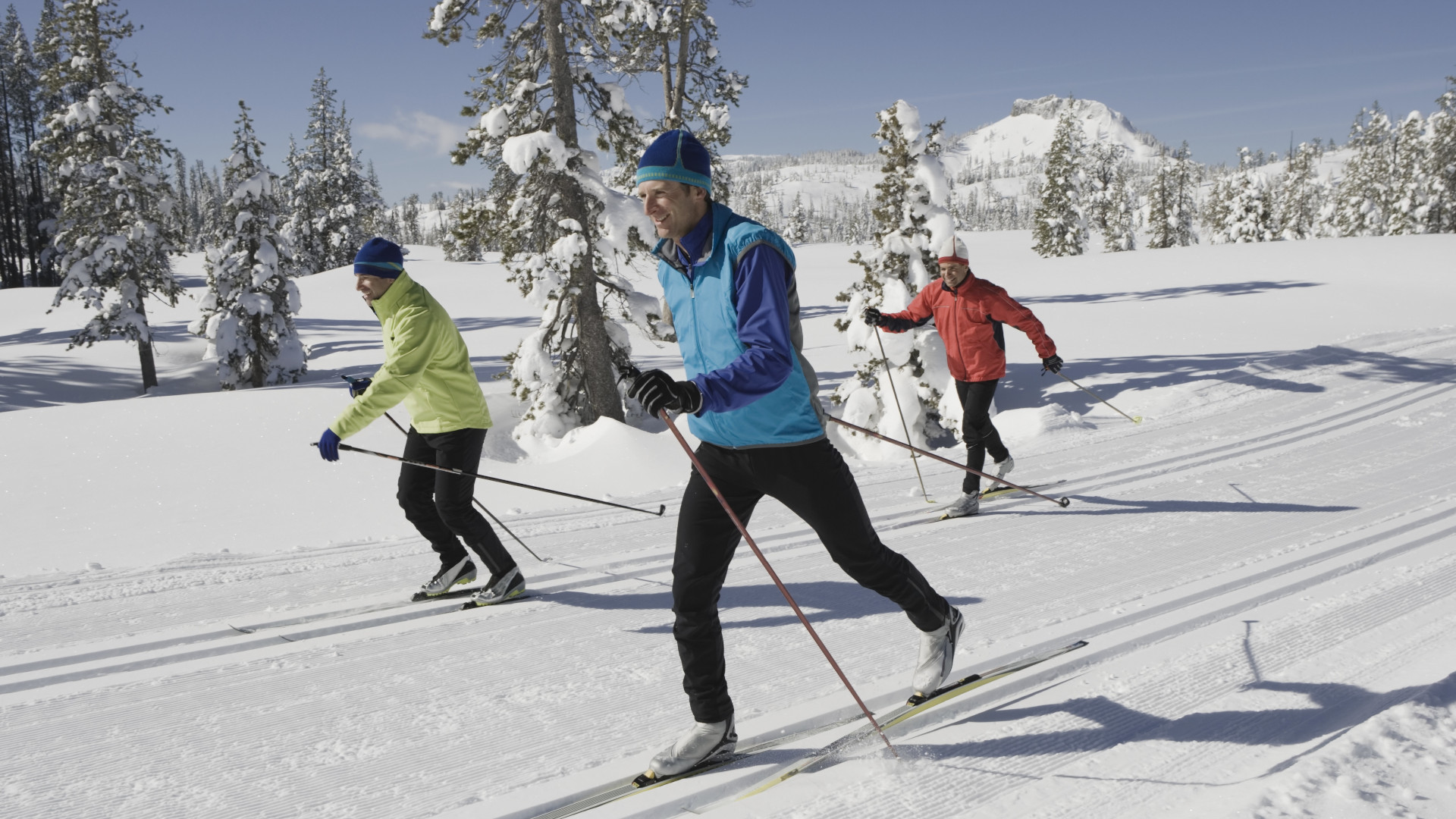
Once you’ve truly accepted the end of summer, there’s a slight quiver of excitement for the first snowfall and its accompanying winter sports. If you live in a place with abundant snowfall, cross country skiing is a truly terrific way to stay active during the colder months, and can easily replace (or surpass) dryland adventures like hiking and trail running in terms of athleticism. With so much choice at the click of a mouse, it can be surprisingly easy to make the wrong choice and end up with skis you can't actually use (and may be difficult to ship back) and there’s nothing like an untouched pair of skis in your basement to make you feel regretful every time you do downstairs to grab something from the deep freeze. If you’re planning on trading your trail running shoes for something you can glide on this winter, check out our guide to how to choose cross country skis to make sure you get the best skis for your location, planned usage and experience level.
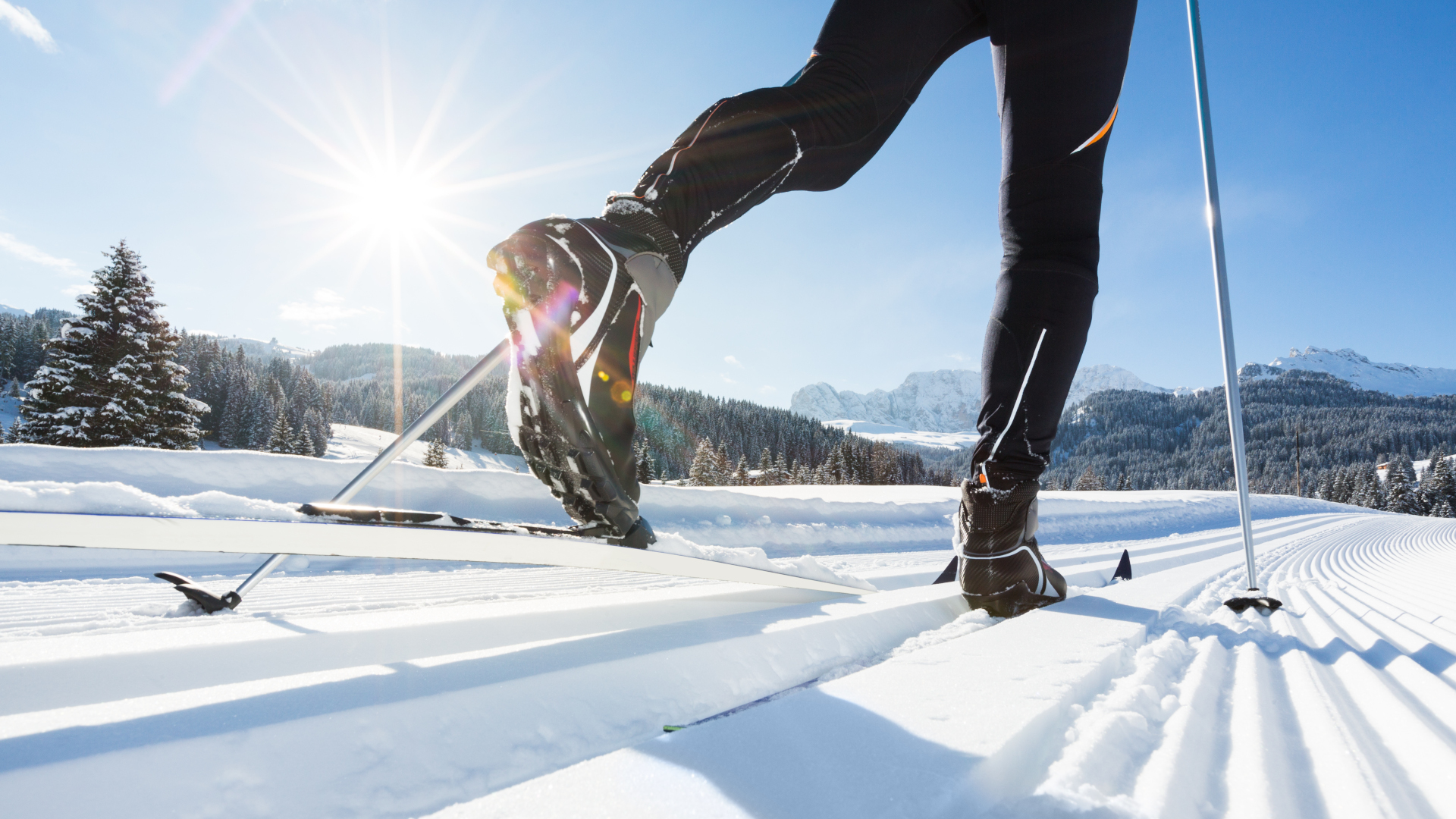
What type of cross country skiing are you doing?
The first, and most important, question you need to answer is what type of cross country skiing technique you’ll be doing. If you don’t yet know, start chatting with local skiers and ski guides to find out what’s possible in your area. Depending on how much snow your area receives and what type of terrain is available, some types of cross country skiing might not be realistic, so it’s best to do a little research before you make a purchase.
Further, if you’re lucky enough to live somewhere where you have your choice of groomed trails, backcountry escapades and skating, it’s a good idea to hire equipment and test out different techniques before you buy to figure out which one you want to do. Cross country ski rentals are typically much cheaper than alpine skis, so don't be daunted by the economics of this.
Finally, the terminology around cross country skiing has evolved over the years and varies a bit from country to country, so it’s actually a good idea to pick up the phone or even (gasp!) go to a ski shop to chat with an expert about what kind of skiing you plan to do, so you don’t end up with inadequate skis for your needs.
Now that’s out of the way, you can divide cross country skis up into three broad categories that vary in terms of factors like width, grip and camber.
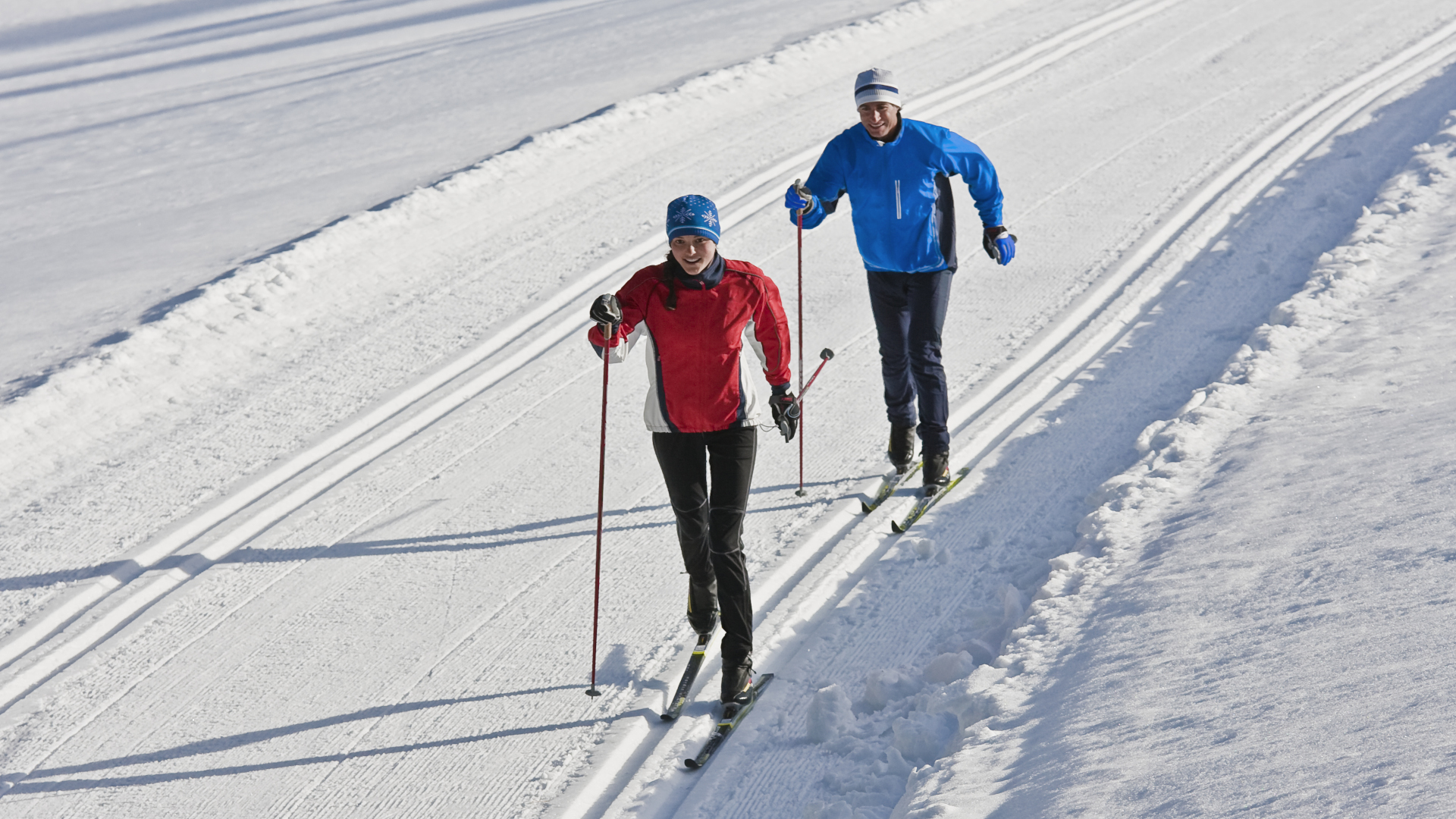
Classic cross country skis
If you’re planning on skiing on tracks at Nordic ski centers or cruising around in the woods without much incline and want to use the classic technique that looks a lot like walking or running in skis, you’ll want to arm yourself with a pair of classic cross country skis. These are long, skinny and lightweight with curved tips and have a double camber and a grip zone underneath your ski boot to help you glide and stride.
These skis can further be broken down into those that are often referred to as race skis, which are generally stiffer and require you to be a bit more experienced, and great if you just want to move fast, or classic skis, which will have a bit more flex and are better if you just want to cruise around.
Advnture Newsletter
All the latest inspiration, tips and guides to help you plan your next Advnture!
Finally, classic cross country skis usually come in two options:
- Waxable skis, which require you to apply wax to the grip zone and allow you to go faster and glide more smoothly on the tracks.
- Waxless skis, which have a fishscale or mohair section under the boot, and remove the need for waxing or skins. These are a bit more convenient for skiing both on and off trail.
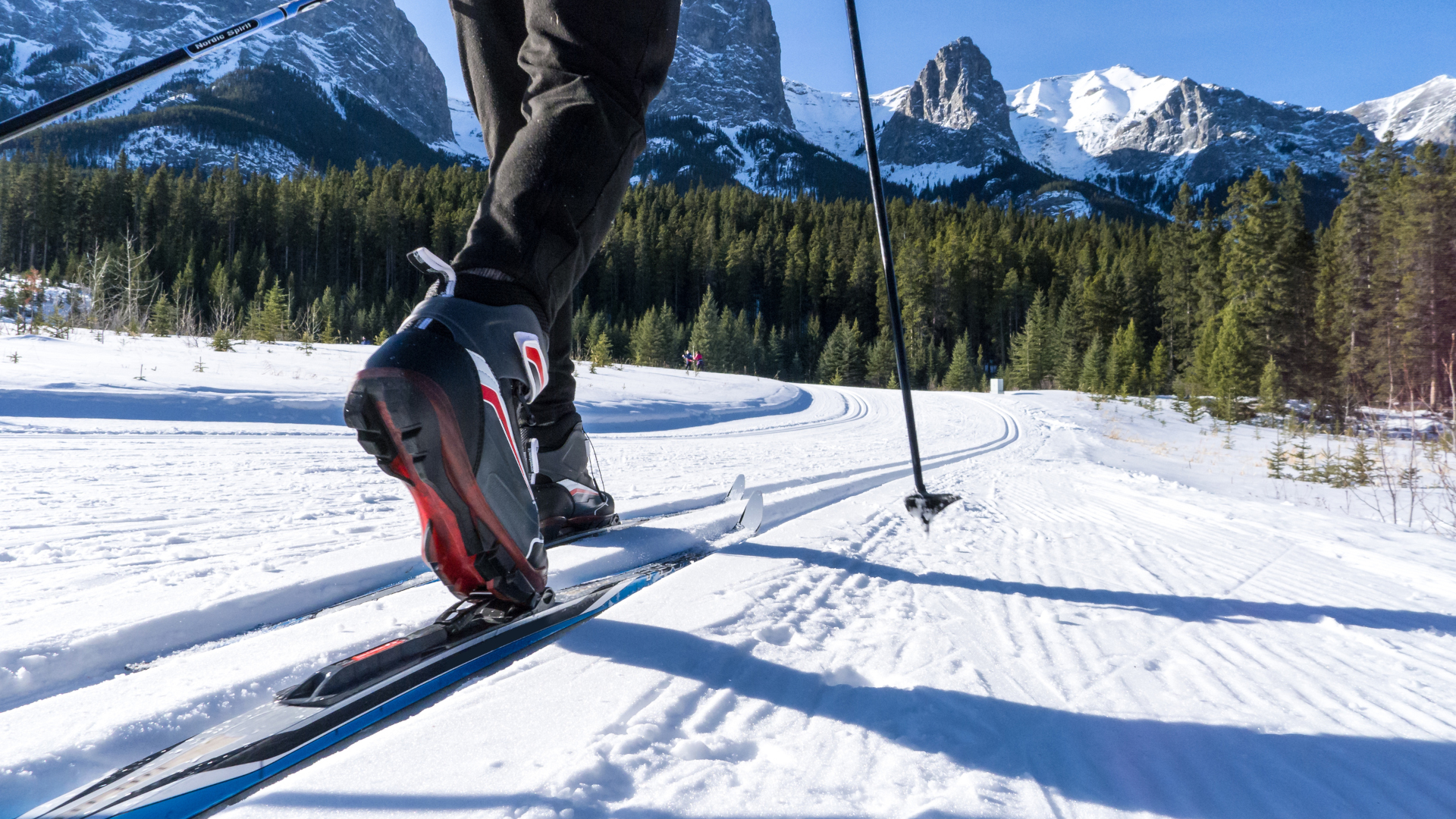
Backcountry touring skis
If you are looking to get out into the wild and might be looking at some hills on your adventures, you’ll need a slightly shorter and fatter ski and will want to look into a pair of backcountry touring skis. (Quick note: these are different from an AT setup, which entail placing skins on alpine skis for uphill touring and downhill skiing. Backcountry touring cross country skis will be a bit heavier than classic skis and provide a bit more flex for turning and flotation in deeper snow. Most importantly, these skis have metal edges which allow you to climb uphill and give you better ability to make turns on the way down. These skis will also work on Nordic tracks, however, and also come in both waxable and waxless versions.
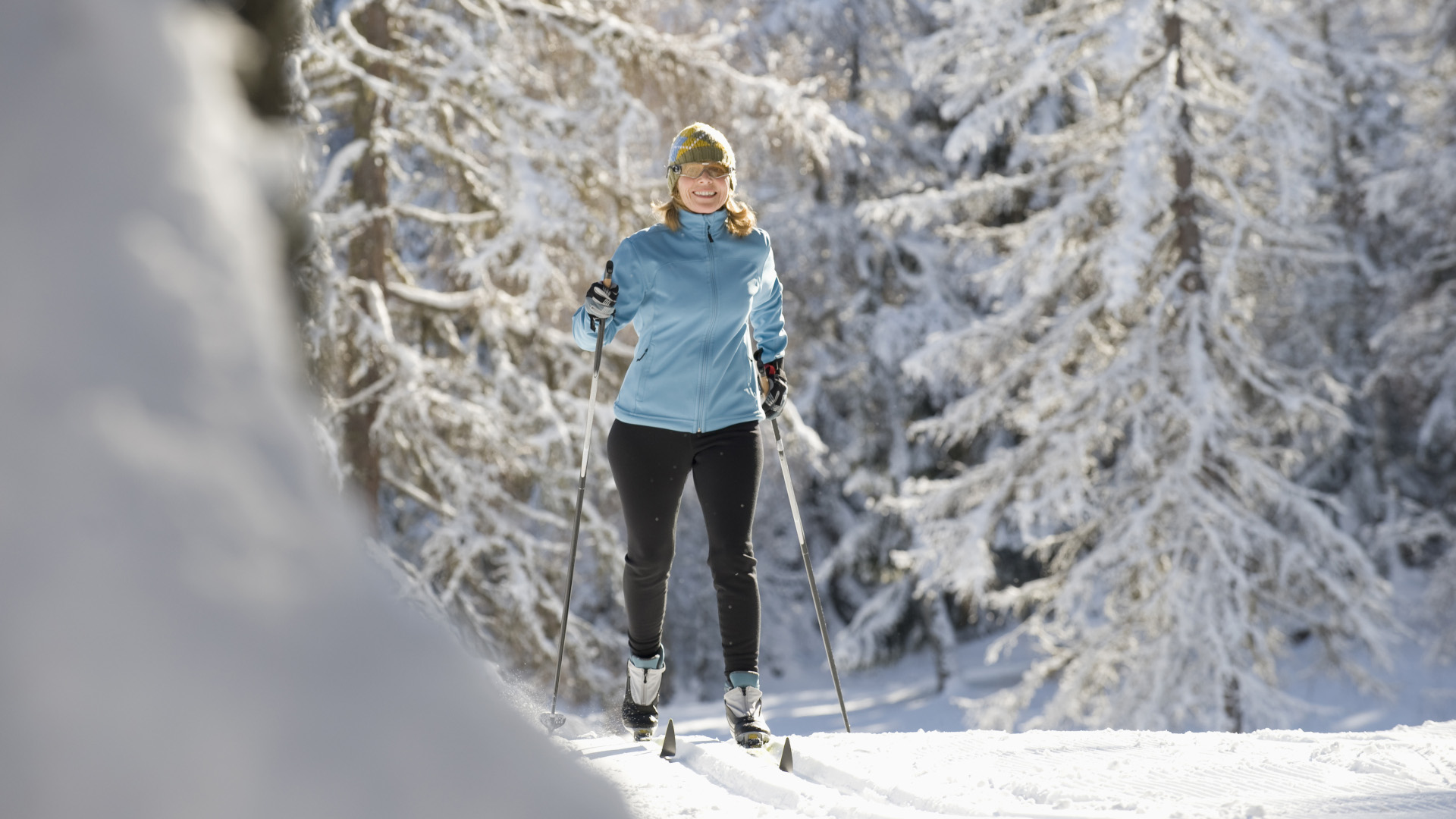
Skate skis
If you’re planning on skate skiing on groomed tracks, you’ll need a pair of skate skis. It’s important to know that skate skis have smooth undersides to help you go fast, so they’re not appropriate for classic usage. Generally speaking, skate skis have a single camber, and are thinner and a bit shorter than classic skis. They're also more rigid, but if you’re a beginner, look for a pair with a bit more flex.
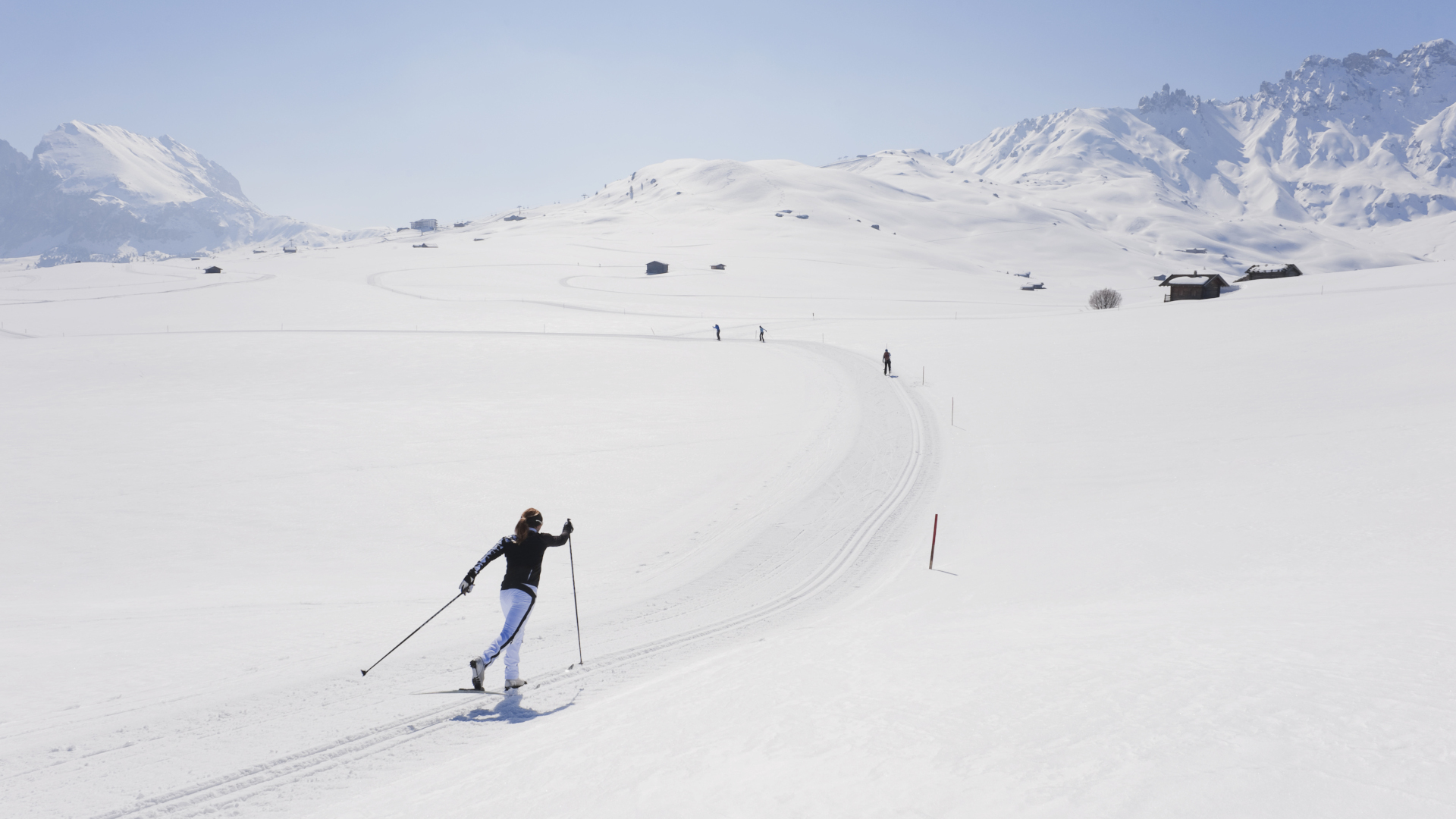
What size cross country skis do you need?
Once you know what type of cross country skis you need, you need to make sure to get them in the right size. Cross country skis are measured in centimeters, and you'll usually be able to pick to within five or 10 centimeters of your desired length, depending on the brand. As with all types of skiing, longer cross country skis are generally better suited for more experienced skiers, while shorter skis are ideal for beginners, however you must also take your body weight into account here. Fortunately, we’ve got an easy formula to figuring out what size cross country skis you need.
While you’re choosing your skis, you’ll want to pick out the right bindings, but most outlets will sell these as a package and pre-mount the bindings for you, which is the easiest option. Finally, you’ll also want to get the right type of cross country ski boot to suit the bindings.
Though you can certainly pay upwards of $500 for a cross country ski setup, you can get a good setup for under $300, and it will be cheaper if you’re willing to wait until off-season.
- Best hiking gloves: keep your hands, warm, dry, and protected
Julia Clarke is a staff writer for Advnture.com and the author of the book Restorative Yoga for Beginners. She loves to explore mountains on foot, bike, skis and belay and then recover on the the yoga mat. Julia graduated with a degree in journalism in 2004 and spent eight years working as a radio presenter in Kansas City, Vermont, Boston and New York City before discovering the joys of the Rocky Mountains. She then detoured west to Colorado and enjoyed 11 years teaching yoga in Vail before returning to her hometown of Glasgow, Scotland in 2020 to focus on family and writing.

